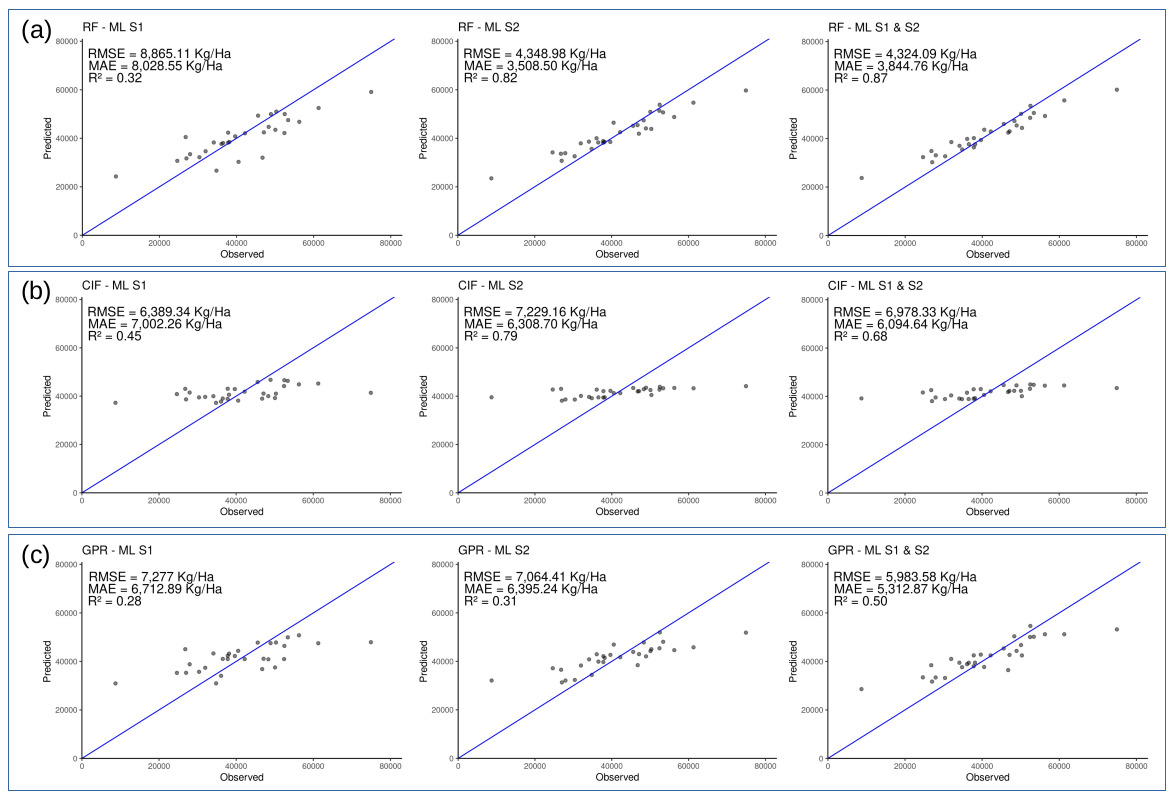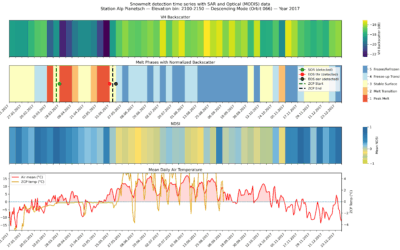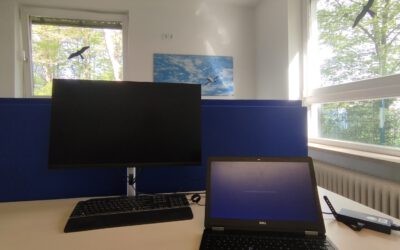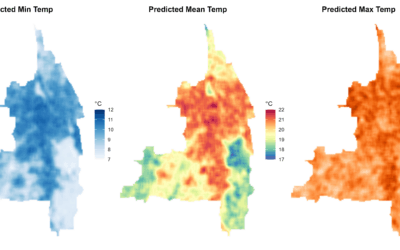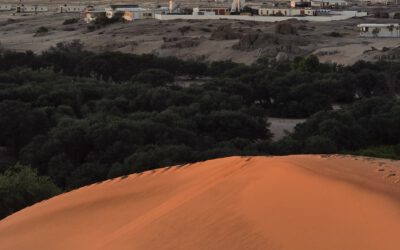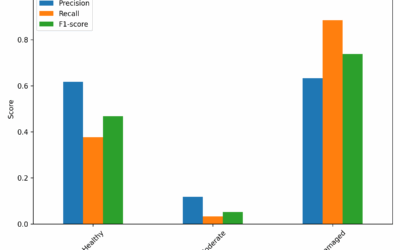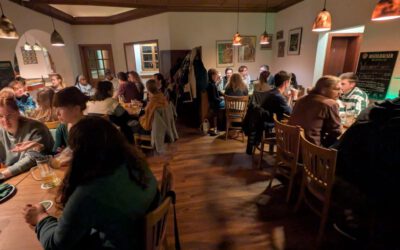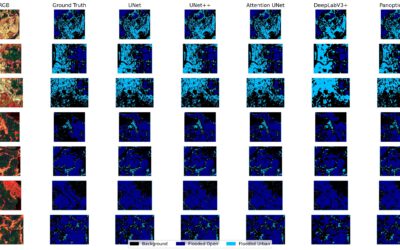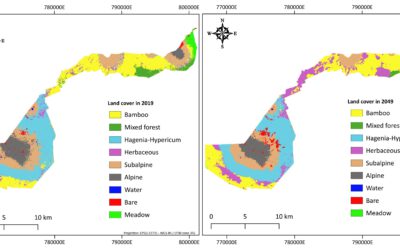Diego will present his M.Sc. thesis "Exploring the potential of remote sensing using machine
learning to predict yields for table grape farms in Chile" on Friday, 10th of December at 9am.
From the abstract:
Table grape is among Chile most important crops, the country is one of the top ten exporters worldwide and is the main exporter in South America. According to the Chilean Exporters Association (CEA), this crop represents 30% of Chile's fruit-growing area and is therefore an important crop to monitor.
This study applies a novel approach to introduce Remote Sensing (RS) data and techniques
in Machine Learning (ML) models to estimate production yield. Since there has not been much
literature for such application, the objective of this work was to develop and evaluate the use of RS data in ML models to predict table grape yield for the Carmen-Rosa farm and Loreto farm. RS
measurements with Sentinel-1 (S1) Synthetic Aperture Radar and Sentinel-2 (S2) Multispectral
satellites were obtained weekly from budburst to veraison, in accordance to the Eichhorn and
Lorenz phenological scale (ELP), between the three growing seasons from 2018 to 2020. In
addition, in-situ data from local and private weather stations and fertilization data were used for the above-mentioned seasons.
The best performing ML model was Random Forest with both SAR and Multispectral data,with an R 2 of 87% and a MAE of 3844.76 Kg Ha-1. It was assumed that in-situ field variables would be of greater importance, but the results suggest that the most important variables were those of RS
spectral data. For future studies, variables that could not be accessed from this study such as
irrigation could play a very influential role in model improvement.
This study provides a first approach to use RS in ML applications to improve production
yields and export estimates for table grape farms. Successful application of such methodologies
could provide a convenient and economical way for future crop accountancy.

